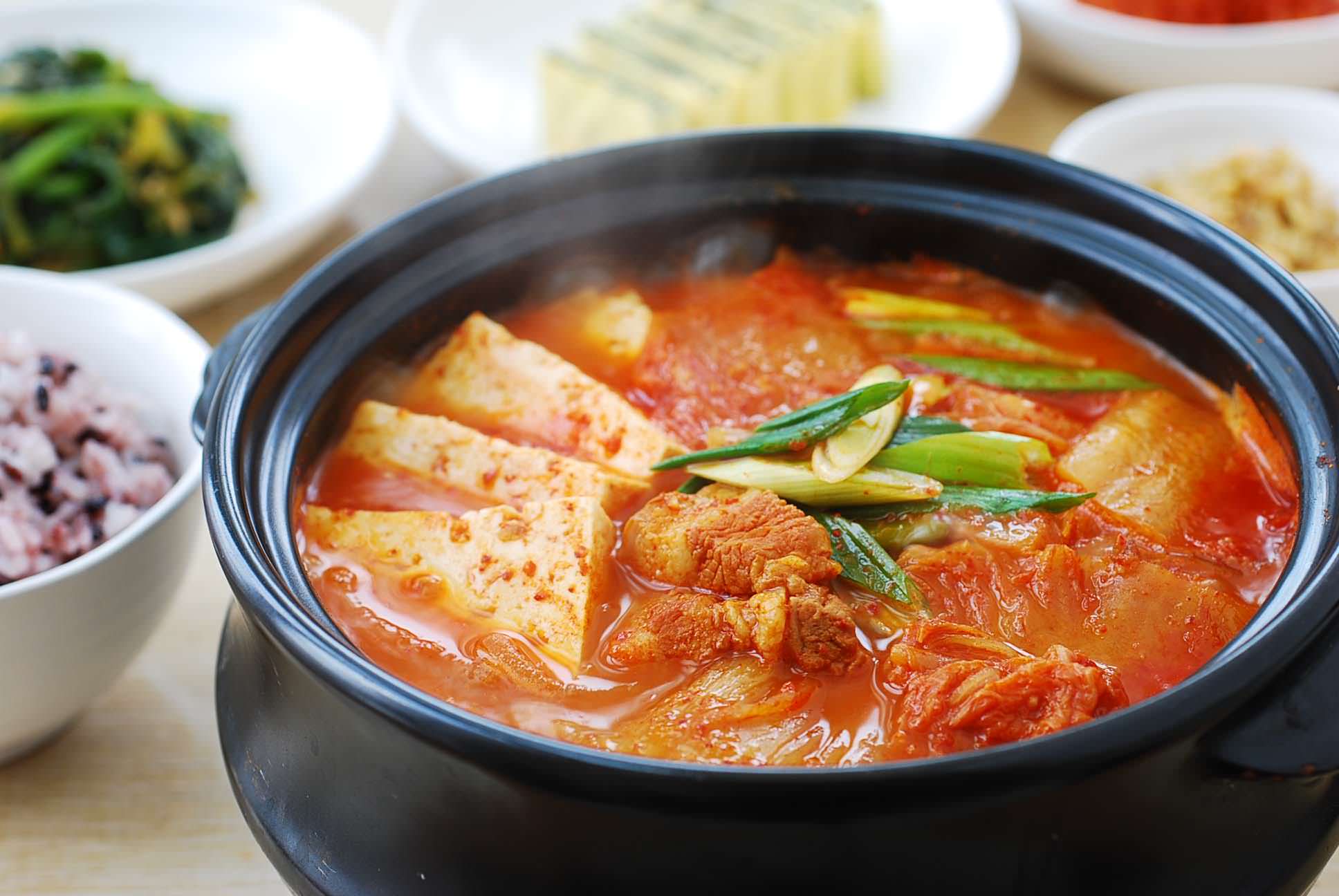Aim; To look at the different ways we can prevent climate change in the future.
Changing Our Future
Coal
Oil
Gas
What is the cost?
Carbon Dioxide
The CO2 level has soured since when?
Industrial revolution
What are the effects in the UK?
- many Heatwaves
- Warm weathers
- Worldwide species could disappear.
How many climate refugees will there be in Britain by 2050?
Millions of climate refugees in the world.
When will Fairborn be flooded?
In the next 26 years, Fairborn will be flooded.
What are some of the other things that will be 'swallowed by the waves'?
- 1.5 millions of homes will be flooded by 2080
- 100.000 erosions will be slid into the sea
- 100 toxic sites will also be released into the sea.
- Replacing and reducing gas boilers.
- We would have to reduce the use of cars and plant 1.5 billion trees.
- Running the cars on solar and hydro battery.
What ideas are school children having about climate change?
- They were protesting about climate change.
- Some kids are also not wanting to have kids because they don't want their kids to live in a polluted life, or having to pick up other people's trash.
- Thinking it's good that social media is also helping.
- Turning off engines - less use of cars or automobiles.
- Politicians having to speak up and it is only the youths.
What is the atmosphere called?
a Waste Dump
What is the last statement the reporter made?
We know what we need to do, we have got the technology
. What we lack is political will.
. What we lack is political will.
What places will be affected?
Different parts differently - various places in NZ
What else do we need to think about?
People in general about developing new areas for people to live in which is away from 50 to a hundred cm of sea level.
What other places around NZ will be affected?
The Pacific Islands will be affected badly.
What does this do to our drinking water?
Saltwater invading our drinking water since we get our water supply from the undergrounds which are close to the coastal.
What are the main concerns?
- Coastal flooding
- Coastal erosions.
What can we do?
- Take up less use of fossil fuels like not using public transport or car, things like that.
- If your building a house try to build uses less energy so we can use less energy.
- Buy efficient cars like electric cars that don't need/that much oil,
What is the one, silver bullet solution?
There is no silver bullet solution.
What is the mix of things we need to start doing?
- Using renewable
- Getting away from vehicles that depend on fossil fuels.
- Use solar heating.
What are 3 others you can think of?
- I always turn off the light when I leave a room.
- I sometimes walk to school and back home.
- I take quick showers instead of baths because it takes up lots of water.
My Investigation
Where does our food come from?
- Choose your favorite food.
Kimchi Soup
- Upload a picture of it.

- Draw a picture of it on A4.
On your blog answer the following questions.
- Where does the food come from (e.g. is it from another province or country, was it purchased or made locally)?
Korea
- How many kilometers away did the food travel to get to you?
9,946 Kilometers
- What are the main ingredients?
Kimchi
Kimchi Brine
Pork Belly/Shoulder
Tofu
Kimchi Brine
Pork Belly/Shoulder
Tofu
- How is the food packaged?
Kimchi and the other ingredients are normally found at the local stores in plastic or foil. But the Kimchi soup itself is found at restaurants in bowls or it would be made at home. - In my opinion their no packaging for the Kimchi Soup itself.
- What resources do you need to produce this food item (e.g. land, water, oil, food, etc.)?
Water, Fire
- Would this item have been processed?
Yes, because kimchi actually needs to be cooked first to be cooked with the stew otherwise it would not have a rich flavor.
- Is there anything unique or significant about the food item (e.g. fair-trade, local)?
Yes, Because it is loved locally in Korea and also even the rich have it inexpensive restaurants which normally thins kind of food would not really be welcomed to expensive restaurants around the world. It is a delicacy in Korea.
- What else do you notice about this food that affects its climate friendliness?
It needs gas to boil but apart from that, I think it is climate-friendly.
- Do you think this food is climate-friendly (Circle)? YES NO
- Why?
Because it is a food that had organic items apart from meat but it also needs fire but this in only the portion of the ingredients all the rest are organic.
- If no, what would be a better alternative?

No comments:
Post a Comment
Please structure your comments as follows:
Positive - Something done well
Thoughtful - A sentence to let us know you actually read/watched or listened to what they had to say
Helpful - Give some ideas for next time or Ask a question you want to know more about